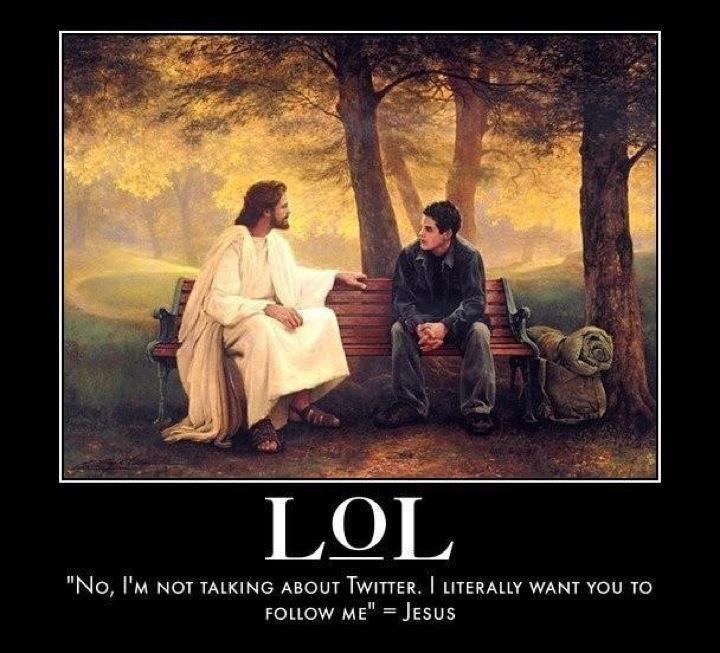They say that the Social Media Technologies is the in thing right now. Some call is fashionable, while some call it a necessity to keep up with the times, while some see a real value add in it. While many companies adopt it, not all understand it completely. It is now well accepted that the Social Media Technologies (SMT) are an integral part of the marketing budget of any company. The adoption of SMT should be tied down to a business need and an assist with the business processes. Apart from the usual goals of increase in sales, the one thing that the social media technologies has done is, making the consumer more informed and help them in taking decisions that are influenced by a gamut of reasons. Come to think of it, the advent of SMTs follow a similar pattern. resulted in the way the audiences are exposed to media. We consume stuff in a different way than we used to in the days prior to the SMTs. To support the claim of Social Media technology being omnipresent in the lives of many now, one has to understand where this comes from.

The notion of followers
Over the course of this article, I wish to do a construct of the notion of the Social Media Technology as a new kind of media. I shall refer to Bolter and Grusin, amongst others to understand why the notion of the Social Media technology is a New Media that plays out on the notion of remediation. I shall be looking into this with the example case study on Social Commerce and how the notion of media and Social media is changing and will continue to change the way we do our commerce.
Marshall McLuhan one of the greatest writers on media says and I quote, “We become what we behold. We shape our tools and then our tools shape us.” It is in this context that I analyze the Social Media Technologies construct. The SMTs have changed our lives and that is a fact that we accept. But at the same time, it has also resulted in a lot of users (or consumers) of leaving the traditional media forms. This can be felt over the numerous discussions I have with the present internet users, who claim to do just about anything, from watching movies to hearing music to writing to painting to socializing to entertainment, over a Social Media platform. This article hopes to provide an argument for the rise of this phenomenon and I use the notion of Remediation to provide an argument of why SMS is nothing but a construct of the traditional.
Bolter and Grusin in their landmark book, ‘Remediation: Understanding New Media‘ , talk about the basis of the creation of a new media. The broad claim is that every media re-mediates itself and it does so through a series of other concepts in the form of ‘Transparent Immediacy‘ or ‘Hypermediacy‘. They term this as the ‘double logic of remediation‘. We as technologists and designers are constantly looking to remediate to create something that could be exciting, engaging and has an awesome user experience. The same argument can be applied to the Social Media technologies.
“Remediation is the process whereby computer graphics, virtual reality, and the internet define themselves by borrowing from and refashioning media such as painting, photography, television, and film.” This is an important note, as the context of the SMTs is an online system. We take the notion of the existing mediums of media to re-create and as a result re-mediate the existing into a new technological framework. The rise of the usage of Facebook (almost over 800 million users) to do almost anything is just a testimony to that. Americans spend close to 101,000 years of time over Facebook in a single month! We have more and more people checking their Social Media presence updates first thing at the start of the day, goes onto to signify that the boundaries are blurring. The real world becomes analogous with the online world. This phenomena also is manifest in the fact that there’s also a significant is the increase of the conversations about the virtual life on the real life and vice versa.
Analyzing a medium through a semiotic theory view point, we know that there is the notion of a signifier (the one making the claim, and in this case the media which is the audio, text or the video) and the signified (the meaning of what is implied through the signifiers). The channel for this relation earlier were the traditional forms of media viz, television, radio etc. and now is the Social Media Technologies. This notion of “Transparent Immediacy” is the perfection, or removal, of the gap between signifier and signified, such that a representation is perceived to be the thing itself. The intent therefore, is to design and build a medium that aims to do just that.
‘Transparent Immediacy‘ is at play the moment you think about engaging an audience with a strong online presence, where you expect the user to spend more time online. You wish to make the viewer forget the presence of the medium and believe that he is in the presence of the objects of representation. Because of the extent that social media has taken over our lives, we are no longer aware of confronting a medium, but instead stands in an immediate relationship to the contents of that medium. The principal of transparent immediacy refers to users’ desire for immediacy in access, understanding, and interaction. This is to say, users want an immediate connection with the medium. This is also true in the present context when we want everything at the tip of our fingers and responses faster. For eg., we write a mail, or a post on Facebook or tweet and expect a reply, likes, or re-tweet or a reply to tweet almost immediately. We forget the presence of the medium as a medium and assume it to be present right there in front.
The other concept is the notion of Hypermediacy, which is in totally the opposite side of the spectrum to Transparent Immediacy. Hypermediacy is a “style of visual representation whose goal is to remind the viewer of the medium”. Hypermediacy plays upon the desire for immediacy and transparent immediacy, making us hyper-conscious of our act of seeing (or gazing). This means that it does not stop only at the transparent immediacy, but goes a step ahead and make the user aware of its presence. So the usage of the words like tweet, blog, wall, share, likes it are a testimony to the act of hypermediacy. The meanings of each of these are signified differently than the original meaning of the words. In the context of the Social Media Technologies, it is constructed in a hypermediated manner and the moment these words are used, the users are aware of the presence of the media.

Remediating the Angry Birds experience
Let us take the example of Social Commerce. In the ideal situation of a perfectly remediated environment of the social commerce world, that tries to remediate the instances of the real life physical shop, there should be no difference between the experience of seeing a product in person and on the computer screen. Designers and technologists have the challenge to strive towards that. To make things simpler, let us take the example of a Online store front.
Let us do a small comparison of what aspects an Online Storefront remediates in order to provide the same shopping experience as a real store.
1. The availability of a product brochure and ability to experience the product in its full form. In the ideal case the businesses should also able to give the tactile experience to a store too. The haptic feedback provide to the user would be the missing cog in remediating the experience of the store entirely and the physical representation of the product catalogue. The detailing of this experience to which is possible through the existing available technologies would be an interesting thing to work on.
2. In a store you ask questions to the sales persons. On a online store front, having the feasability of the being able to talk to anyone at any point of time, during the course of the surfing through the store, would be remediating the notion of the sales persons. The experience
3. Man is a social animal. We go to shop with people around us. We take feedback from people. We call others whilst, we are doing our shopping and we immediately take feedback the moment we come out of a trial room in a cloth shop. In the remediated experience of the online store, allowing the users to the extent of having them experience the same notion of gaining feedback is essential. It is this particular notion, of people relying on, getting influenced by the feedback, comments and suggestions of others; that makes Social commerce so much more interesting (and challenging).
4. Ability to provide recommendations, push promotions through a channel that is easy to access and connect with the customers.
5. Post purchase, we always provide feedback about something. Whether it be good or bad. Recommendations are made after the usage of a product (or service). Post purchase engagement is a key part, when looking into a shopping experience. Remediating this important experience is essential for success of any Social commerce avenue.
While the above could be applicable to just about any online presence, it is the social part, that differentiates a social commerce platform like say a Facebook store, compared to any other online commerce avenues. Thus in my opinion, a social commerce platform is the only platform that can remediate as close to the real life shopping experience, than any other.
The challenges
What I have mentioned here is the remediating the experience more than the media. The challenges however come more when it comes to remediating issues for which there is no real remediation possible. Remediating the notion of trust, or the issues of privacy is something that continues to remain a challenge to the designers of Social Media platforms.
In conclusion, Social Media technology can be seen as a construct of the Transparent Immediacy and the Hypermediacy. We are adopting Social Media technologies in a way to remediate the lifestyle we live out and the lifeworlds we live in. The key is to make this experiences as more immersive and interfaceless when we talk about immediacy. On the other hand, hypermediacy allows us to remain cognizant of the platforms and mediums that we are accessing the information in. It is thus opaque, in the face and often juxtaposed over the virtual-real, which the immediacy had set out to bring about.
Unknowingly it forces a repeated contact with the interface and as a result it becomes an integral part our lives. Social media technologies are repeatedly doing that. What was once thought of to be completely immersive and “real” eventually comes to be explored as an aesthetics of a particular media format and the only authenticity lies in the experience that the media sets out to achieve by virtue of the things it has to offer.
The arguments will continue that this form of new media is doing exactly what their predecessors have done, i.e. presenting themselves as refashioned and improved versions of other media. In the times that we live in, a medium can never operate in isolation, because it must enter into relationships of respect and rivalry with other (and often traditional) media. It is only when we understand the above, that we can get a better understanding of the new media we talk about these days, i.e. Social Media and develop an appreciation for it.
——
This article was originally written for the Kuliza’s Social Technology Quarterly Report Issue 2